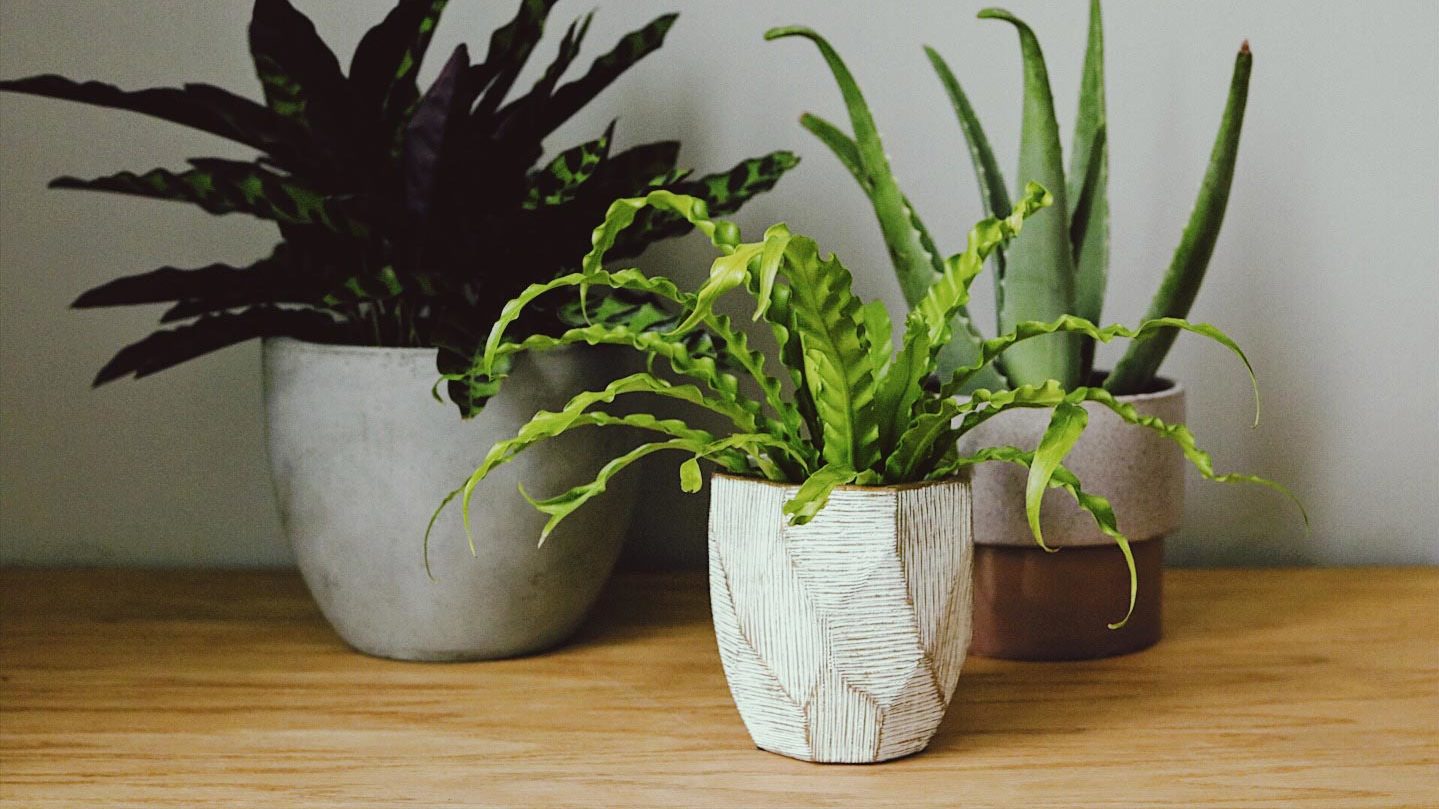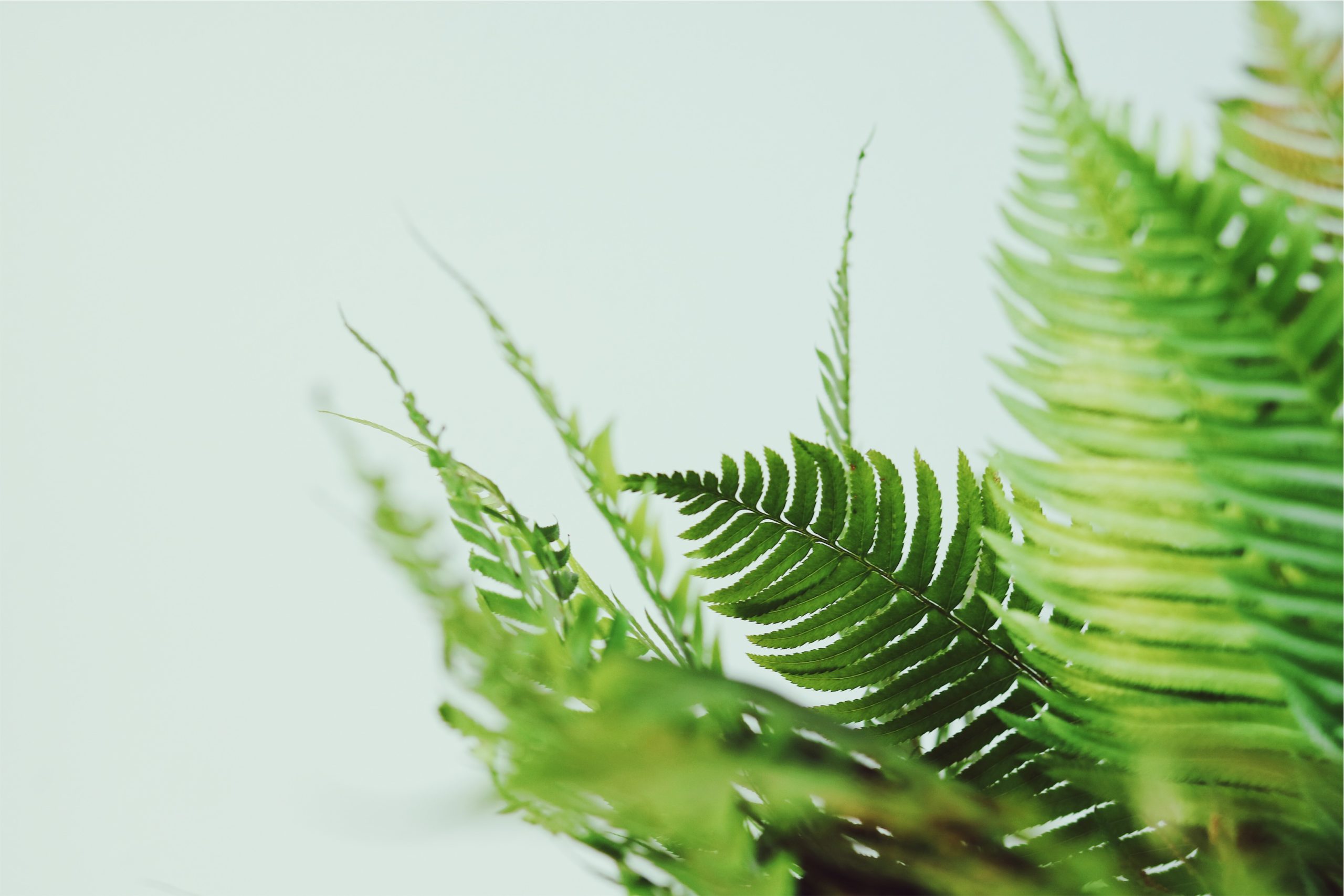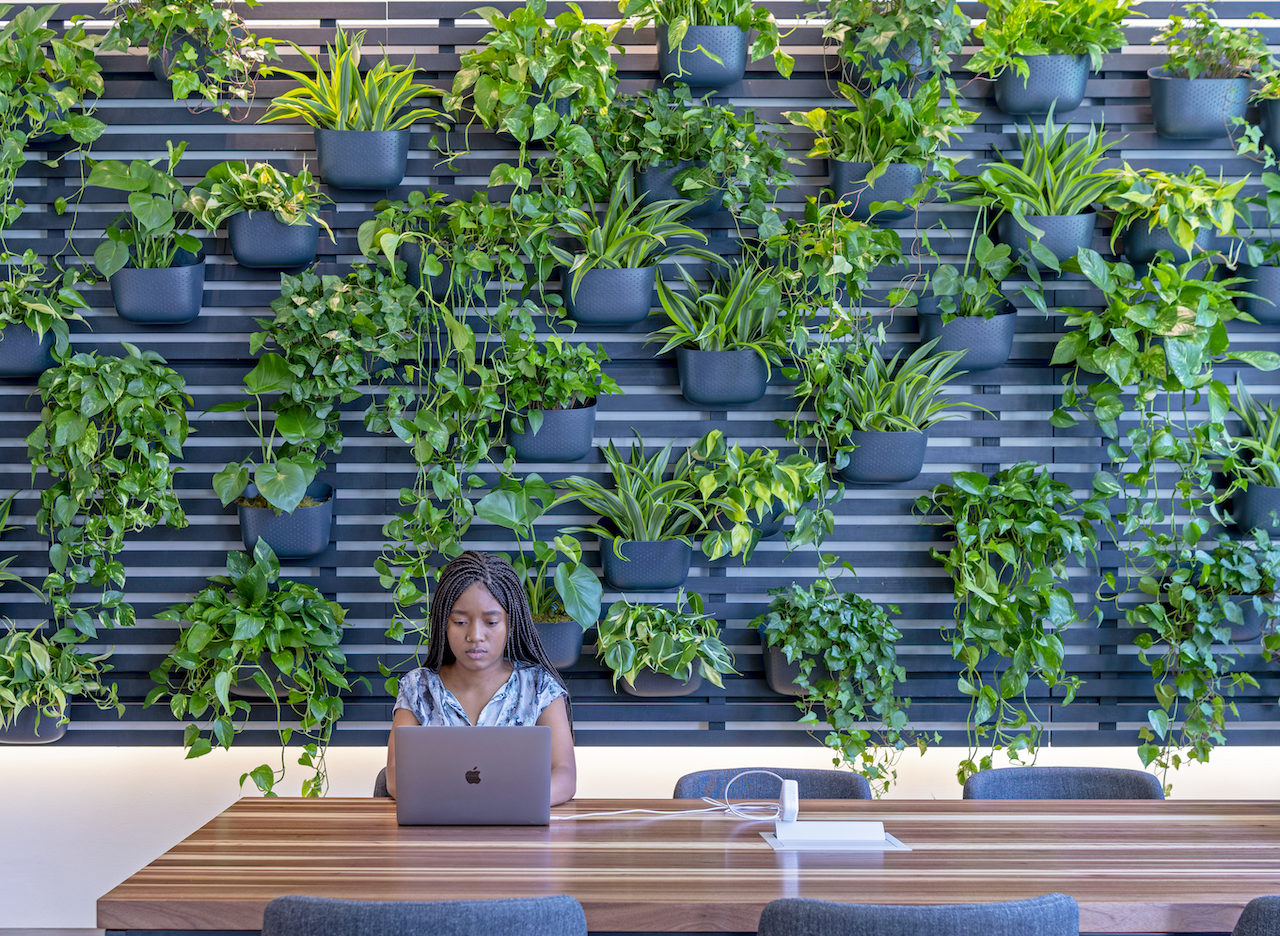Plant Care Basics

No green thumb? No worries! If you’re looking to either step up your plant care game or learn the basics you’re in the right place. Follow these basic guidelines and I promise your plants won’t hate you.
First off… don’t overthink it.
This is the number one thing I always recommend. Most houseplants really just want to be left alone! Give them time, give them space, let them do their thing, and learn when to step in to give the right attention they need. It’s all about time, balance, and attention.
Aerate the soil:
So easy to do and 100% recommend doing this once a month. Aerating the soil allows for the plant to breathe better. Over time the soil tends to become compacted, sometimes you’ll even notice big, dry clumps of soil even though you just watered. Aerating the soil is a great way to check the plant for moisture, loosen up any clumps, and get that plant to take a take a breath of fresh air.
Find something that is long, skinny and sturdy (coffee stirrers work) and puncture the entire surface area of the soil. Use your makeshift soil probe to puncture the soil around the sides of the plant, in the middle of the plant, and get the soil probe to go down as far as you can comfortably get it. Be careful as you do not want to cause too much damage to the roots. You may notice that even though you thought your plant might’ve needed water the soil was actually still quite saturated!
Watering a plant after aerating the soil makes a huge difference, the plant will feel heavier having absorbed more water. This is a great thing for the soil, great thing for the roots, and will absolutely make your plant happier.
Watering:
This is honestly the hardest part of the plant care equation. How do you know if it’s too much water or not enough? I wish there was an exact answer for how much water to give and when, but there’s so many factors involved in determining this. Lets first start with this…
Check to see if the soil is dry. Stick your finger in (or soil prod) a few inches to check for moisture (get your mind out of the gutter), if the soil is very dry it could probably use a watering, if the soil is still saturated I would definitely hold off. Watering a plant that is already saturated can lead to fungus gnats, lots of yellow or brown leaves, moldy soil… you name it!
Be consistent. Pick a day out of the week when you water all of your plants or get your plants on a 10 – 14 day watering cycle and try to stick with it. Plants will learn your watering habits and can learn when to expect the next watering. If you splash little bits of water on your plant a few times per week your plant is probably thinking “bro, can you please just be consistent?” Coach House likes to do thorough waterings every 14 days.
Use lukewarm water. Cold water is no fun unless you’re a freak or it’s like 100 degrees out. Ice cold water can cause some plants to go into shock. Think about what you would like to be watered with… lukewarm is a must!
Does your plant have a hole in the bottom?
Drainage is healthy! This allows for the plant to adequately drain water and dry out before the next watering. If there is a saucer underneath the plant you’ll want to give the plant enough water until you see some water trickling into the saucer. If there is a little bit of water in the saucer, don’t worry, the plant will drink that up. If after 20 minutes water is still sitting in the saucer I would dump the excess water out as this means the plant is very saturated and does not want to drink anymore.
Does your plant NOT have a hole in the bottom?
This means the plant is planted directly into a container. You’ll want to be a bit more careful in this instance as it is easier to over-water plants with no drainage. Plants with no drainage keep all of the water at the bottom of the container and have to drink it all back up again. This is totally normal to see plants planted directly into containers, it just takes a bit longer to figure out exactly how much water they need and when. Keep a close eye! Give the plant less water than you would for your plants with drainage, if after a few days the soil is already dry and the leaves are droopy you’ll want to increase the water amount. Over time you’ll find the perfect amount of water to use.
Cleaning:
Imagine showering every day but never washing the upper half of your body. That’s what it’s like when a plant’s leaves are not cleaned. Gross right?! Over time indoor leaves collect all sorts of dust and oils. When leaves get dusty bugs can make comfortable homes in the intricate crevices of leaves and stems. Leaves are also able to absorb more light when they’re free of dust. Misting, spraying, or wiping the leaves clean of dust and oil will ensure a better chance of a pest free and happy plant.
Wipe the leaves down. Put a tiny dot of dish soap on a wash cloth and lather, wipe the top and bottom of each leaf. This is time consuming, but your leaves will look brand new and want to give you a hug. Make sure to not use a heavily soaped up rag as this may cause damage to more sensitive plants, just a dab’ll do ya.
Stick the plants in the shower. This is a great way to simultaneously water the plants while ensuring the leaves are clean of dust. We at Coach House will leave our plants (with drainage) in the shower for a sumptuous 20 minutes. Really up to you in terms of minutes, but don’t leave them in there for an hour because that is just an irresponsible amount of water to be use.
Mist it. Misting is another way to protect against dust. We at Coach House like to dilute a drop of dish soap in our misting bottles and really mist down a plant. This is a good way to give the plant a little bath, just keep a washcloth handy to wipe down any access water or soap on the leaves. Misting a plant with regular water helps rid the plant of some dust and creates a brief moment of humidity, but isn’t really the end-all-be-all solution for cleaning the plant. Sometimes you may need to mist the plant and then thoroughly wipe it down. Regardless of what you do, always keep an eye on the leaves to make sure there’s no dust collecting.
Feeding:
Want to make a huge difference? Feed your plants! Sure, using lukewarm tap water is better than nothing, but over time the soil will be stripped of its nutrients from unbalanced PH levels and too much fluoride in the water. Using organic plant food ensures the soil stays healthy and replenishes much needed nutrients. After a few weeks of use you will absolutely see new growth and even greener leaves.
Our favorite to use is organic liquid concentrate. It’s easy to pour a cap-full into our watering cans and feed all of the plants an equal amount.
Another recommended organic plant food is worm castings. Worm castings are the manure produce by earth worms, yes, worm poop. I’m telling you… this is such an amazing nutrient rich plant food, your plant will feel like its had a spa day every day. You can either mix the castings in with the soil or add a fresh layer on top.
Add some fresh top soil. Sometimes the quickest and easiest thing to do is just putting some fresh organic soil on top. Watering your plant regularly will cause soil to drain out the bottom, over time you may notice there’s quite a bit of soil missing on top. Adding a fresh layer of organic soil on top is easier than easy.
Pruning:
Give it a haircut! Just as we need to give our hair a trim, plants need the same kind of care. Some plants may grow lopsided, grow leaves that are causing it to topple over, or have leaves that are yellow or brown. This would cause for a pruning. Pruning a plant allows you alter its length or shape, allow for new growth at the bottom, and even create new plants out of its clippings.
Have any yellow or brown leaves? Cut those suckers off! If you have a few leaves that are yellow or brown and about 95% of the plant is looking healthy and green there is nothing to worry about, this is life, you’re doing a good job. You can either cut the entire leaf off at the stem or cut the brown/yellow tip off and cut the leaf into its original shape.
Pruning is somewhat of a work of art and specific plants will call for different precautions and recommendations. For instance, you’ll want to be careful pruning some ficus plants as their sap can cause skin and eye irritation. I would search online for specific information on how to prune the plant / get new clippings. There’s tons of helpful videos and articles that can show you where to make the right cuts.
Rotate it:
Ever fall asleep at the beach and wake up with sun burn all over your front or back? Just as we need to rotate and even out a nice sun tan, plants also need to do the same. Plants grow towards the light. If a plant is never rotated you may notice it looking lopsided with a lot of growth on maybe one side of the plant. Simply turning the plant around allows the plant to grow evenly on all sides.
Coach House is looking out for you, but most importantly looking out for your plants! Follow these basic guidelines and I promise you’ll see some really great results. If you have any questions along the way, schedule a 30 minute virtual plant care consultation, we’ll be happy to lend more expertise your way. Schedule a session here.




No Comments
Sorry, the comment form is closed at this time.